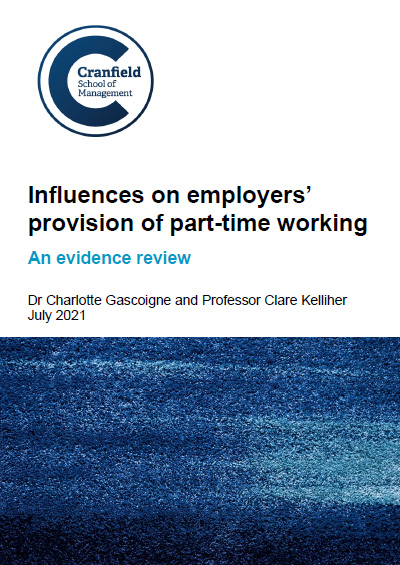This review of existing evidence – both academic and practitioner – showed that part-time working has a different cost-benefit profile from other types of flexible working. Attraction and retention is a key driver, as for other types of flexible working, but employers also use part-time working to cover peak or extended operating hours in sectors such as retail and hospitality. The perceived costs are also different. There are ‘quasi-fixed’ costs such as training, which rise with the number of employees irrespective of the number of hours worked, and costs associated with the adaptation of working practices such as team communication and the coordination of work.
National legislation and cultural expectations provide the context within which employers make their decisions about the provision of part-time working: the prevalence of part-time working across Europe peaks at almost half of the workforce in the Netherlands, but is less than 10% in many eastern European nations. In the UK the figure is just over a quarter.
Within the UK, rates of part-time working vary widely in different sectors and occupations. 57% of employees in accommodation and food services work part-time, but only 9% in manufacturing. Four occupational groups – sales/customer service; elementary occupations; caring, leisure and other service occupations; and administrative/secretarial occupations – account for 63% of the part-time jobs in the UK, although they make up only 37% of the total number of jobs. These variations are not driven solely by differences in employee demand. Other factors influencing employer provision of part-time working include the nature and design of the work, the availability of skilled workers, the gender balance in the sector and the standard operating hours.
The Evidence Review has informed the design of our qualitative research with HR and line managers.
